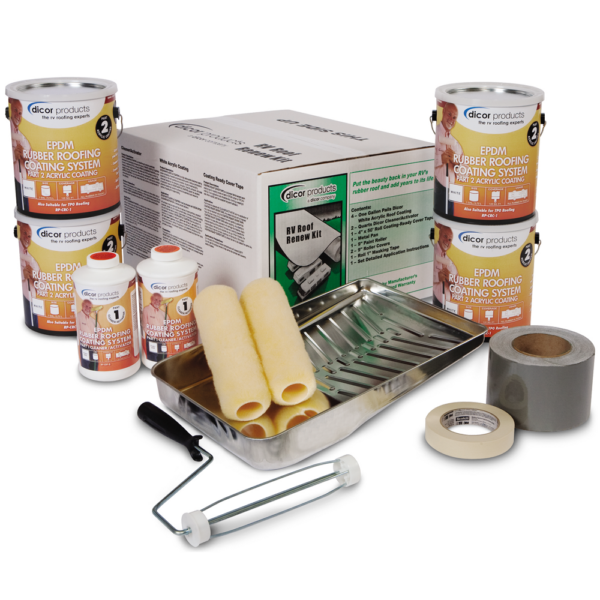Membrane systems are most susceptible to blistering because blisters are formed by voids between the plies or at the point between the substrate and the membrane.
Rv roof blister bubble.
Look for water squishing out of small openings as you walk the roof.
Roof bubbling is just what it sounds like spots where the rubber has lifted off the surface of the roof and formed a bubble or blister.
The rv manufacturer simply didn t apply the adhesive evenly or left some dirt on the roof that the adhesive couldn t stick to.
These bubbles of trapped air moisture can be caused by a variety of issues which are all avoidable if the roof design is correct and the membrane is correctly installed.
Coatings on older foam roofs that have not been well maintained will result in blistering water intrudes into the foam and can t be seen when recoating.
In bituminous systems voids can be created by improper adhesion during application.
Maybe 25 to 30 total anywhere from dime size to half dollar size.
I had not paid attention before but i have noticed that there are little blister looking and feeling places throughout the roof.
Well long story short i done a pretty major patch in about a 2 foot square area.
Whilst bubbles or blisters on a one piece epdm roof can be unsightly they will not cause the rubber membrane to fail.
A roof blister is a raised area where there is a loss of adhesion of the roof.
Roofs over cathedral ceilings often blister because they are likely poorly vented and collect moisture from the interior.
Causes of blisters all conventional low slope roof systems experience blisters in some form.
Vapour from contact bonding adhesive.

